In 2012, a Zero series (0-Series) Leica camera sold for €2.16 million. It included an F 3.5 50mm lens. The 0-Series were prototypes before the higher volume production of the Leica 1 series. Only 25 were ever produced, all with little tweaks and variants for experimentation around 1923, currently there are only 12 known to exist.
Leica currently owns the Ur Leica, or Leica Ur. From 1914, this was the original produced by Oskar Barnack as his experimental camera. It was the first time someone had tried transitioning away from plate camera systems that were cumbersome to move to a system that used 35mm motion picture film on a roll. His stroke of genius was running the film horizontally through the camera to create a 36x24mm, often referred to as 24x26mm, picture area on the film, where motion picture film traditionally went horizontally through the camera.
Ur Leica
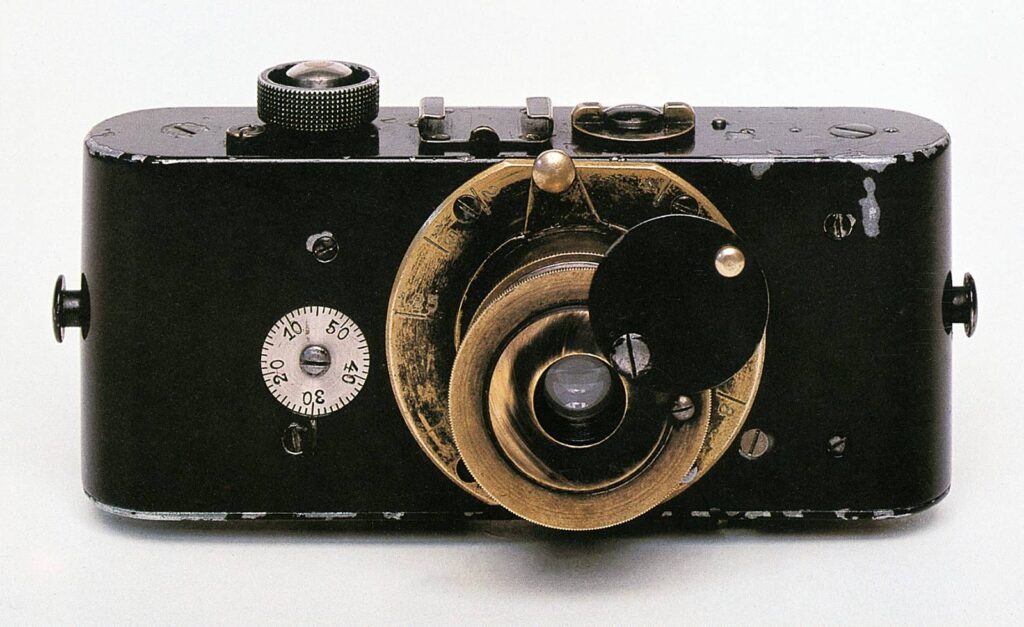
Oskar Barnack was insistent that his camera design should be able to fit in a pocket, and allow operation just with available light or an equally portable flash. No more plates and tripods. What this would later lead to would be multiple generations of photographers capturing life on an ad hoc basis over a century, developing a craft we call street photography.
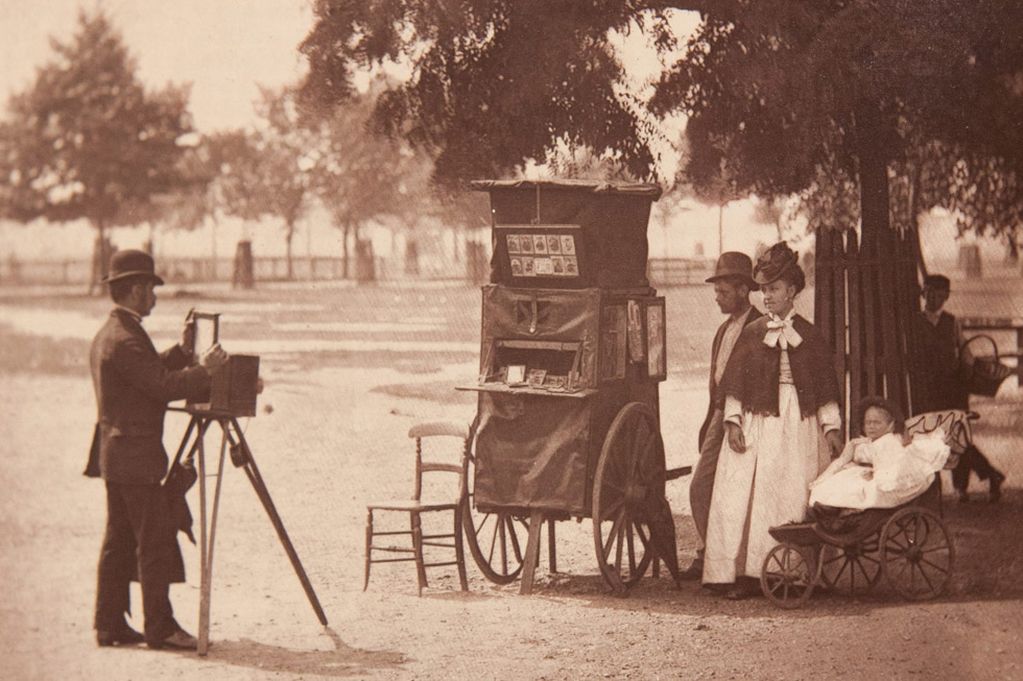
But what was a first Leica to go on sale properly? The Leica I/Leica 1, launched at the Leipzig Fair in 1925. It is known for 3 main variants.
The Leica 1c (Ia)
Shutter speeds from 1/20th to 1/500th of a second. No interchangeable lens option.
Hence the Leica 1b that followed.
Yes this provided interchangeable lenses, but the mount size wasn’t optimal. Today, these are the rarest interchangeable lens cameras on the vintage market, as very few were made. The lens mount size was changed, becoming the…
Leica 1c.
Leica used the same body but just modified the lens mount, hence it doesn’t sit properly on the body.
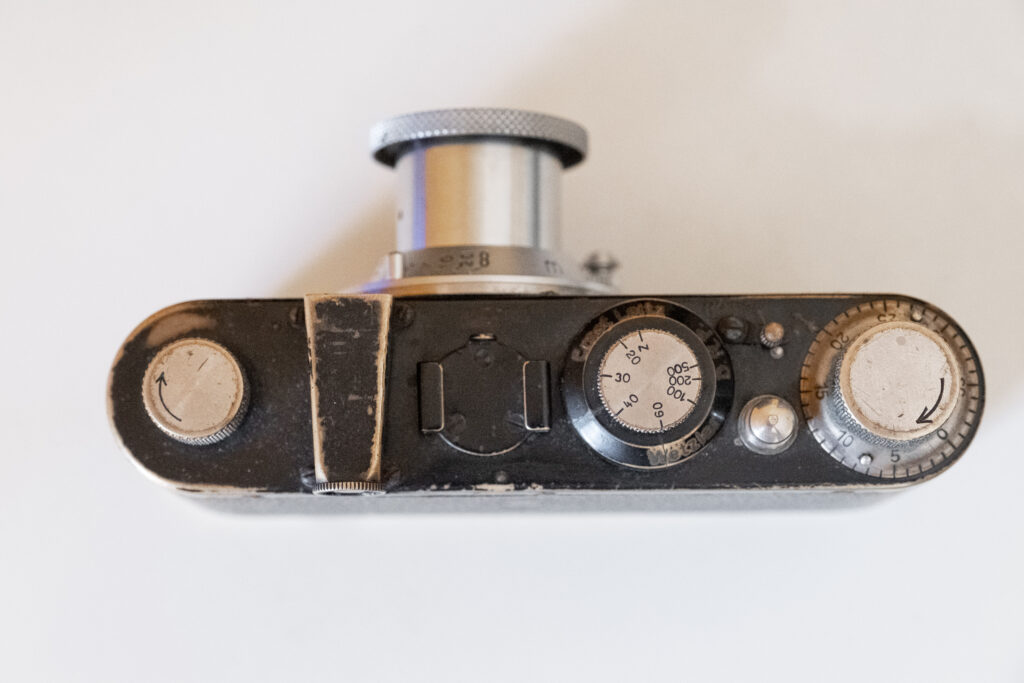
Leica 1c Top Plate
I found this one at a market and had to have it. Its condition is, not bad for a 1931 camera. The shutter and all functions are working, the little holes on the front are electric terminals, an optional modification, for a flash bulb. No rangefinder, no light meter. This guy relied on the skill of the photographer. The lens is a collapsible 35mm F3.5. Screw mount.
I love the way it is very component like. Very modular, builtby hand. Very widgety and practical. Can fit in a pocket easily. No strap holesthough.
Take a moment to think about what this camera could have seen. In reasonable condition and well cared for, it could well have captured happy family memories, news photographs showing the pain of World War 2, it was obviously someone’s companion at some stage. And it deserves to be preserved.
It deserves to be used again. Which is what I’m going to try and do. I’m going to try and load some film, providing it doesn’t cause any damage and take it out and shoot. Given there is no light meter I’ll have to use the sunny-16 rule. That is, on a bright sunny day, if you put 100 iso film in the camera, set your shutter speed to 1/100 and aperture to f16. That’ll help me out given I cannot judge distance very well and there is no rangefinder in this guy.
I’ll keep you posted.




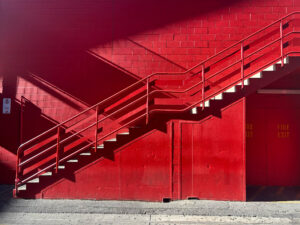








































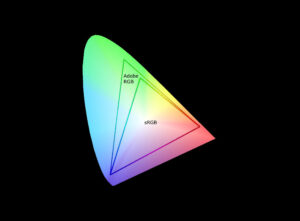


























One Response
Hi Adam, I found your site here when I was watching a video of you loading the Leica 1 Model C with film. It was great and thank you.
I am in the process of flipping over to film completely, (my poor M8 suffered catastrophic shutter failure a few months back and is now in Wetzlar for assessment) and the simplicity of the 1 Mode C has me hooked. In your video I noticed that the 1 Model C had no diagram for cutting the film leader on the bottom plate when you remove the baseplate and you seemed to have loaded it perfectly in the camera, uncut. I wonder if this is true? If so, it will cement my decision on the Leica 1 Model C.